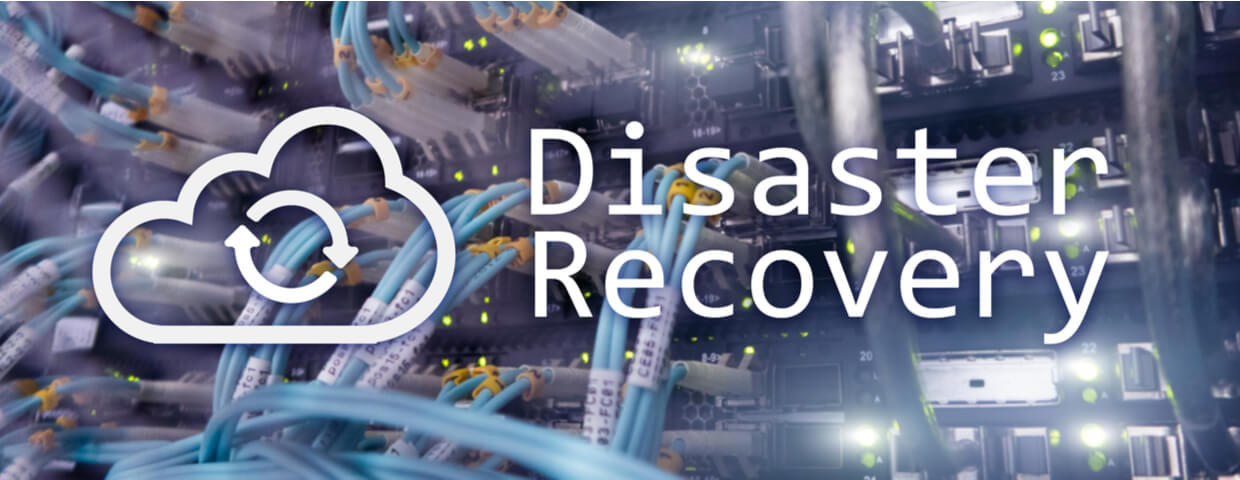
IT security planning should never be taken lightly--but it shouldn't give you a headache, either. Here are a few managed IT tips to help you create an efficient, effective, and reliable plan for disaster recovery in your workplace.
Prepare For the Worst
Remember that old saying, "Expect the best but prepare for the worst?" It's simple, emphasizing the good while preparing you for the bad--which makes it an excellent way to approach a disaster recovery plan. The most important thing to remember is that if you get overwhelmed, you're likely to miss something. That's why you should always turn to managed IT services for help identifying your priorities, organizing your recovery tasks, creating reliable backups, and communicating responsibilities to each of your employees. In this case, a little help goes a long way toward making sure your tech, data, and clients are all safe and sound.
Here are a few ways you can "prepare for the worst" (without tearing your hair out!).
- #1: Start at the printer.
Believe it or not, a considerable part of a disaster recovery plan is understanding where your risks are. Since hackers often target printers first, it's essential to know how printers factor into both your disaster recovery plan and your security processes. (Remember that printers often permanently store data on hard drives.)
- #2: Prioritize backups.
Reliable, well-organized backups should always be a priority. A managed IT provider can help you decide which backup options are best for your company's unique needs and budget, but the most important thing is that your data remains safe in the face of any threat.
- #3: Create a proactive plan.
Whether you've already faced a disaster or you're just being prepared, it pays to create a network security plan. Plans like this help identify weak points in your processes--like documents being left on the print tray, or files sent without encryption--and keep little issues from becoming big problems.
Are you looking for more disaster recovery tips? Interested in managed IT services? Contact us today!
